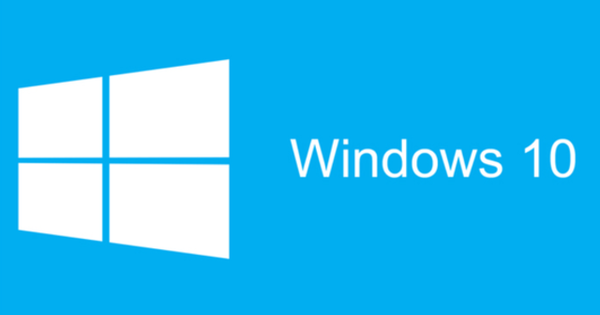Nowadays computers boot up so fast that you run out of time to get into the BIOS, while the menu is still very useful for configuring your PC. How to quickly get into the BIOS? In this article we explain it to you.
The BIOS (Basic Input/Output System) is a menu of your computer in which you can configure system settings of your laptop or PC. For example, consider the system time or the boot order (CD-ROM, USB, disk, etc.). How to get to this menu differs per manufacturer. Before Windows 10 starts you have to press a key, often that is del, F8 or F12.
Computers have become much faster over the years, and the time has passed when you could take a shower, so to speak, before Windows started up. Traditionally, you had to press a certain key when starting up your computer (before Windows loaded) to get into the BIOS. The startup is even so fast nowadays that it is not always possible to press the key in time.
You probably don't feel like restarting your computer endlessly in the hope that you might be just fast enough next time. Fortunately, from Windows 10 you can set your computer to automatically boot to the BIOS immediately.
The BIOS
In the BIOS of your computer you can adjust a lot of settings of your computer that you cannot access from the operating system. The BIOS is software built into your computer's motherboard, and it controls all kinds of things that happen before Windows loads, such as the boot order of your hard drives and other storage media, security options before loading the operating system, and so on.
Precisely because this is pre-boot software, you cannot load the BIOS directly from Windows. What you can do is adjust a setting in Windows 10 so that your computer will boot directly to the BIOS.

Boot to BIOS from Windows 10
Click on the start button and choose Institutions. Go to Update and Security and click on the left panel System recovery. Click below Advanced Boot Options on Restart now. Your computer will then restart and you will be presented with the Windows 10 boot menu.
In this menu go to Troubleshooting / Advanced Options / UEFI Firmware Settings. click on Restart to restart your computer and go directly to the BIOS.
Update BIOS
With the program Speccy you can check which version of the BIOS you have running on your computer. It often pays to update your BIOS to the most recent version, if you haven't already. Sometimes this solves problems.

